Japan is often known by tourists for its most popular attractions, like Mount Fuji, the cities of Tokyo and Kyoto, and its amazing shrines and temples.
But there’s a lot more to the island nation than that.
We took a look at a Quora thread that asked, “what are some of Japan’s best kept secrets,” and rounded up some places that might not be in all the guidebooks, but are definitely worth a visit.
Narai-Juku
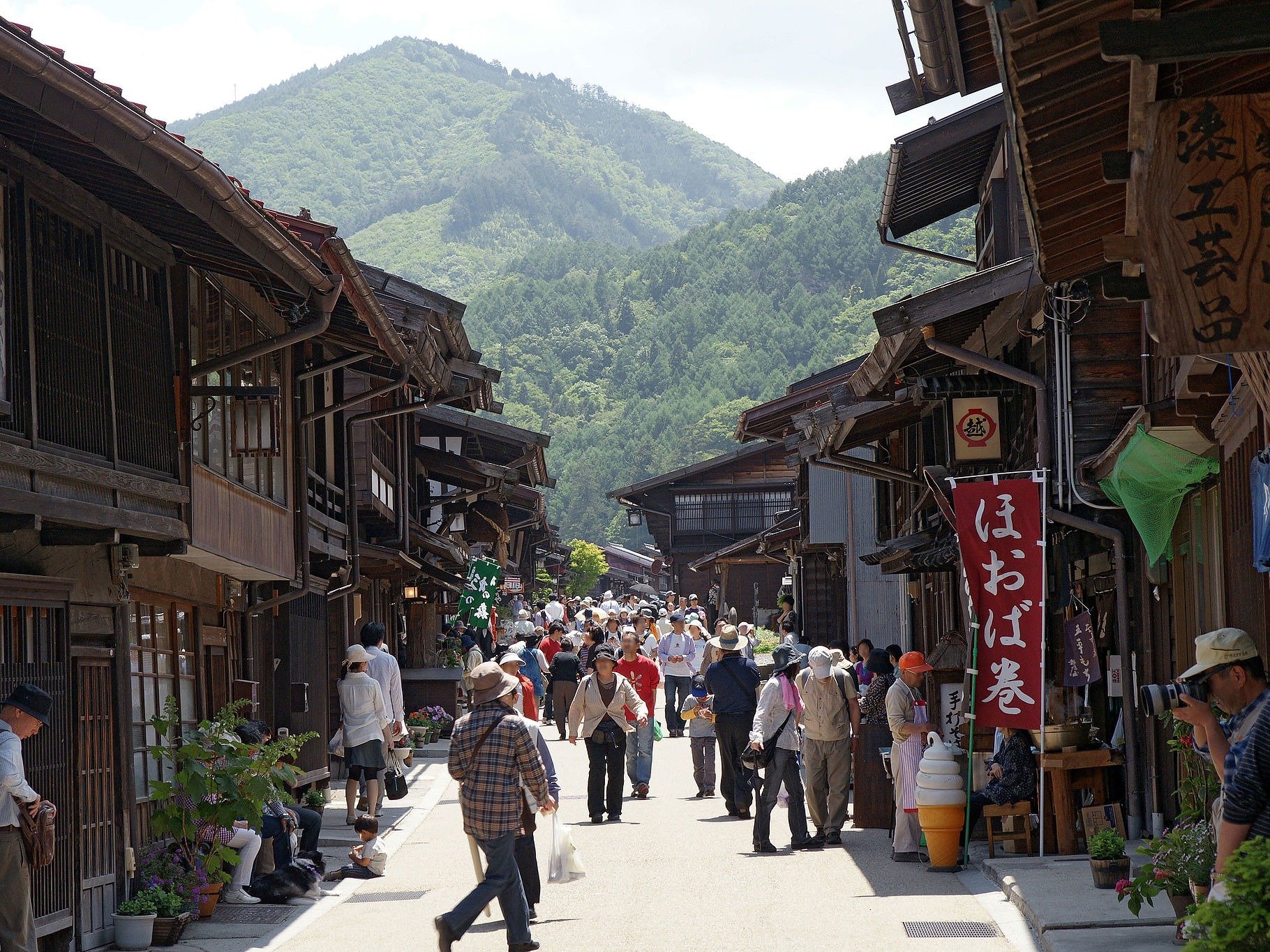
This small, quiet town in the Nagano Prefecture, which sits to the west of Tokyo, is the ideal place to visit if you want to experience Japan as it was centuries ago. The town used to be a stop on the Kiso Way, a trade route that stretched between Kyoto and Edo (Tokyo). Its wooden houses are incredibly well preserved, and since it’s located in the Kiso Valley, the scenery is also beautiful.
To learn more about Narai-Juku, click here >
Metropolitan Area Outer Underground Discharge Channel
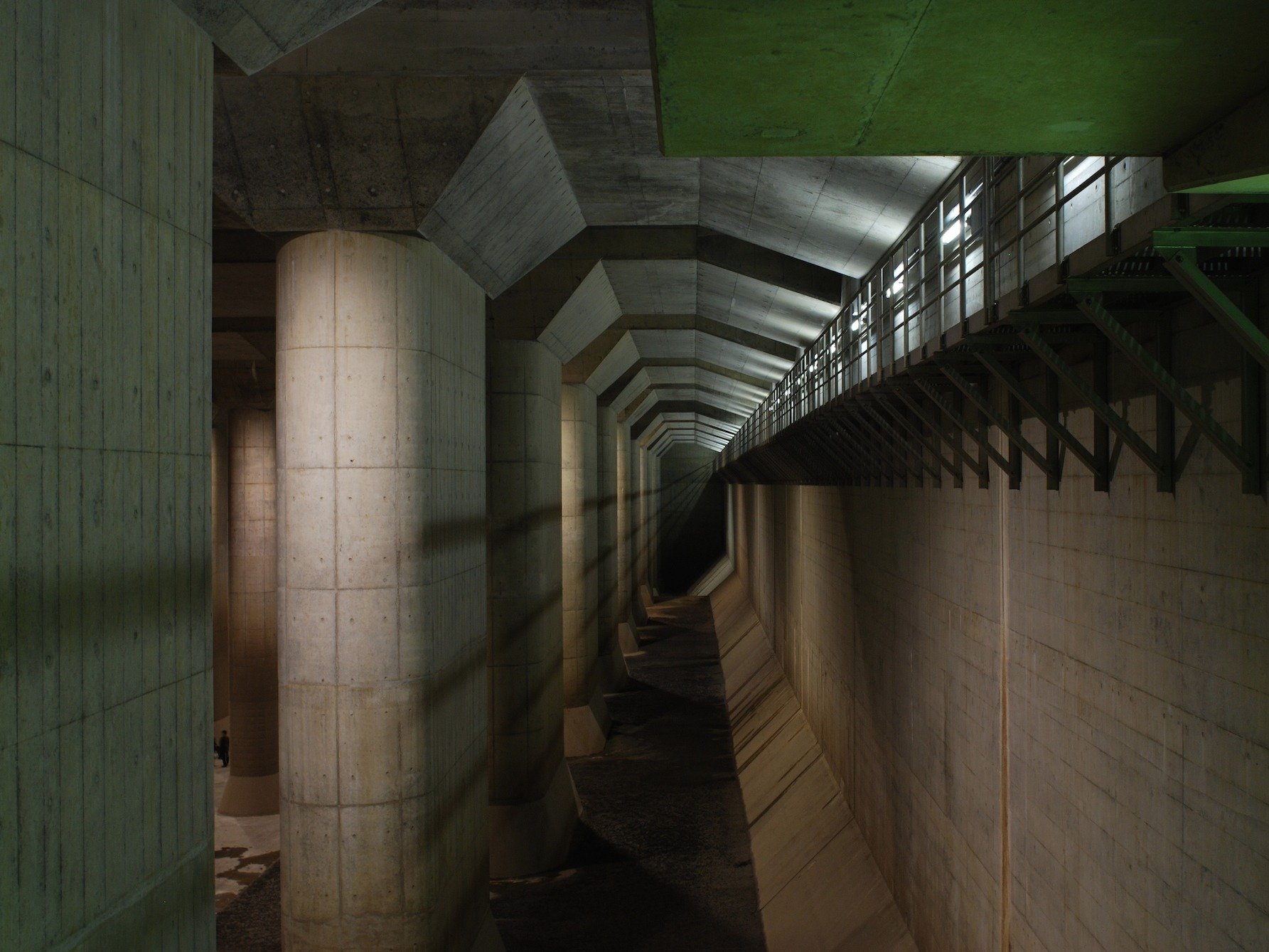
This enormous underground channel is located in Saitama, about 20 miles north of Tokyo. It was built as a way to divert flood water during rain and typhoon season. There are close to four miles of tunnels that sit 50 meters under ground, as well as 59 pillars that are attached to pumps capable of dumping 200 tons of water per second into the Edo River. Tours are free, but are conducted exclusively in Japanese, so if you can, bring a native speaker with you on your visit.
Yakushima
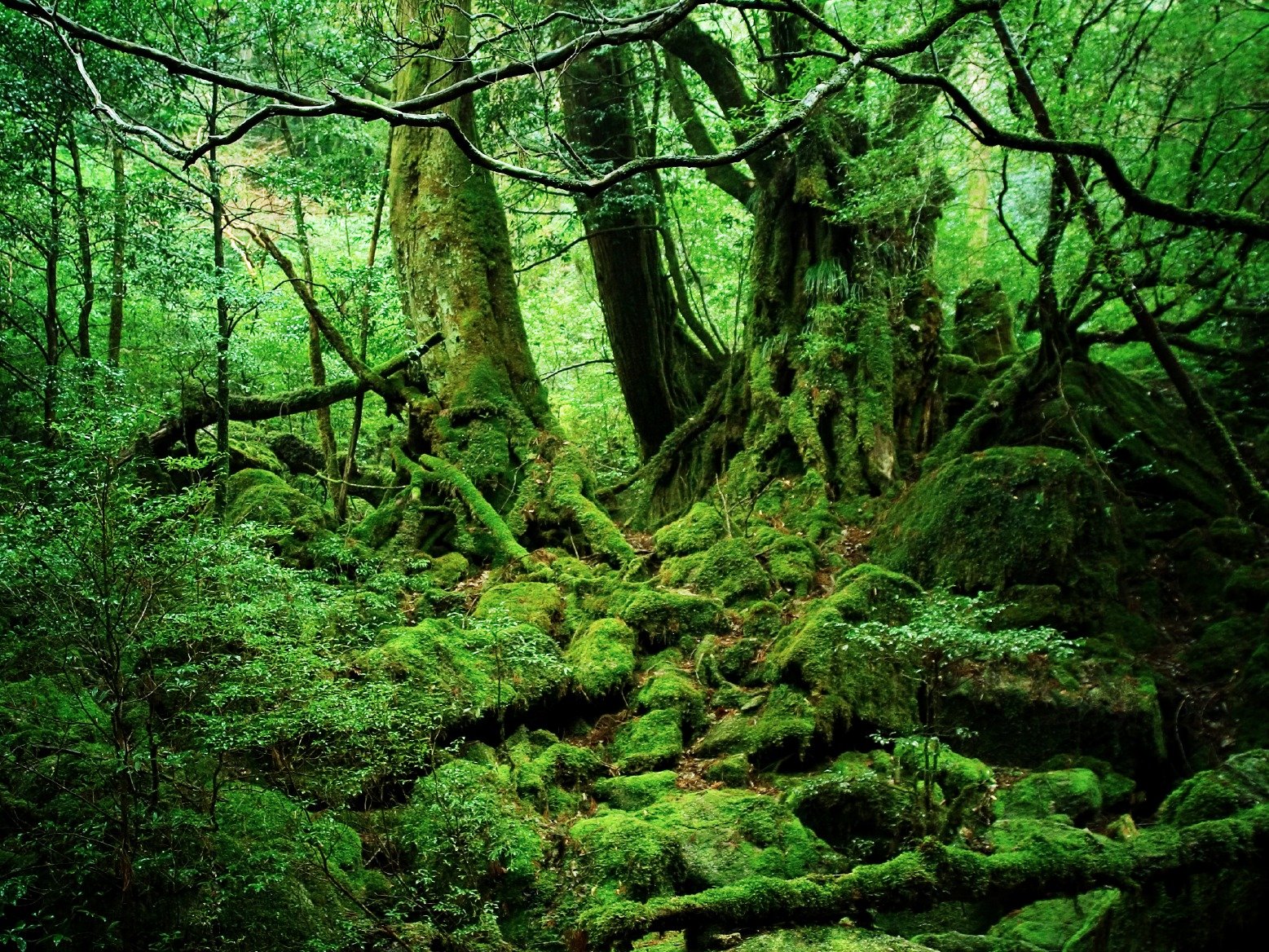
The rain forest that sits on Yakushima Island — which is located off the southernmost tip of Kyushu Island in southeastern Japan — is a unique ecosystem that’s incredibly diverse. Yakushima boasts 1,900 species and subspecies of flora, 150 bird species, and 16 mammal species. It’s home to an ancient species of the sugi — a Japanese cedar — and it’s also a UNESCO heritage site. One step inside the forest and you’ll feel like you’ve stepped into a real life fairytale.
Standing Sushi in the Tsukiji Fish Market
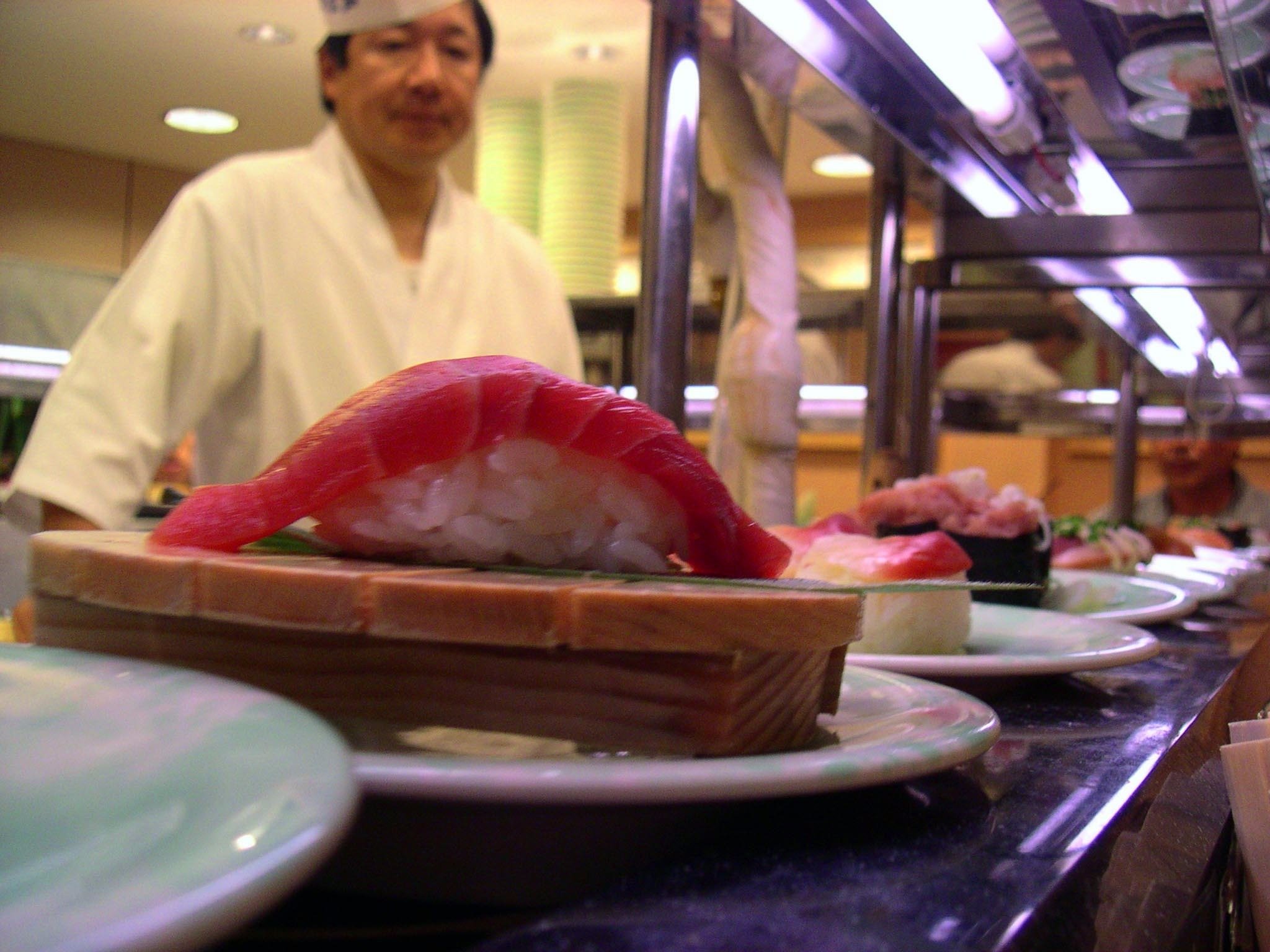
Instead of going to one of the more touristy dining options near Tokyo’s Tsukiji Fish Market, join one of Japan’s “salarymen” in a standing sushi restaurant. These establishments don’t offer chopsticks or seats, but they do have good quality fish at cheaper prices. Diners can simply walk up to the bar, grab a plate of whatever looks appetizing, and then eat it right then and there.
Try this sushi bar in Minato, or this one in Shibuya.
Takaragawa Onsen Osenkaku
Japan is known for its onsen — public baths that are located around the country’s numerous hot springs. Rotenburo are similar to onsen, but instead of just being a bath, these open air hot springs are usually part of a larger traditional Japanese hotel and spa. The Takaragawa Onsen Osenkaku in Minakami-machi is both stunning and luxurious, and tucked away in the midst of nature.
There’s a whole etiquette for visiting the onsen (for example, bathers are supposed to be naked and wash themselves before soaking in the baths), so experiencing this is a good way to immerse yourself in Japanese culture.
Rice Terraces
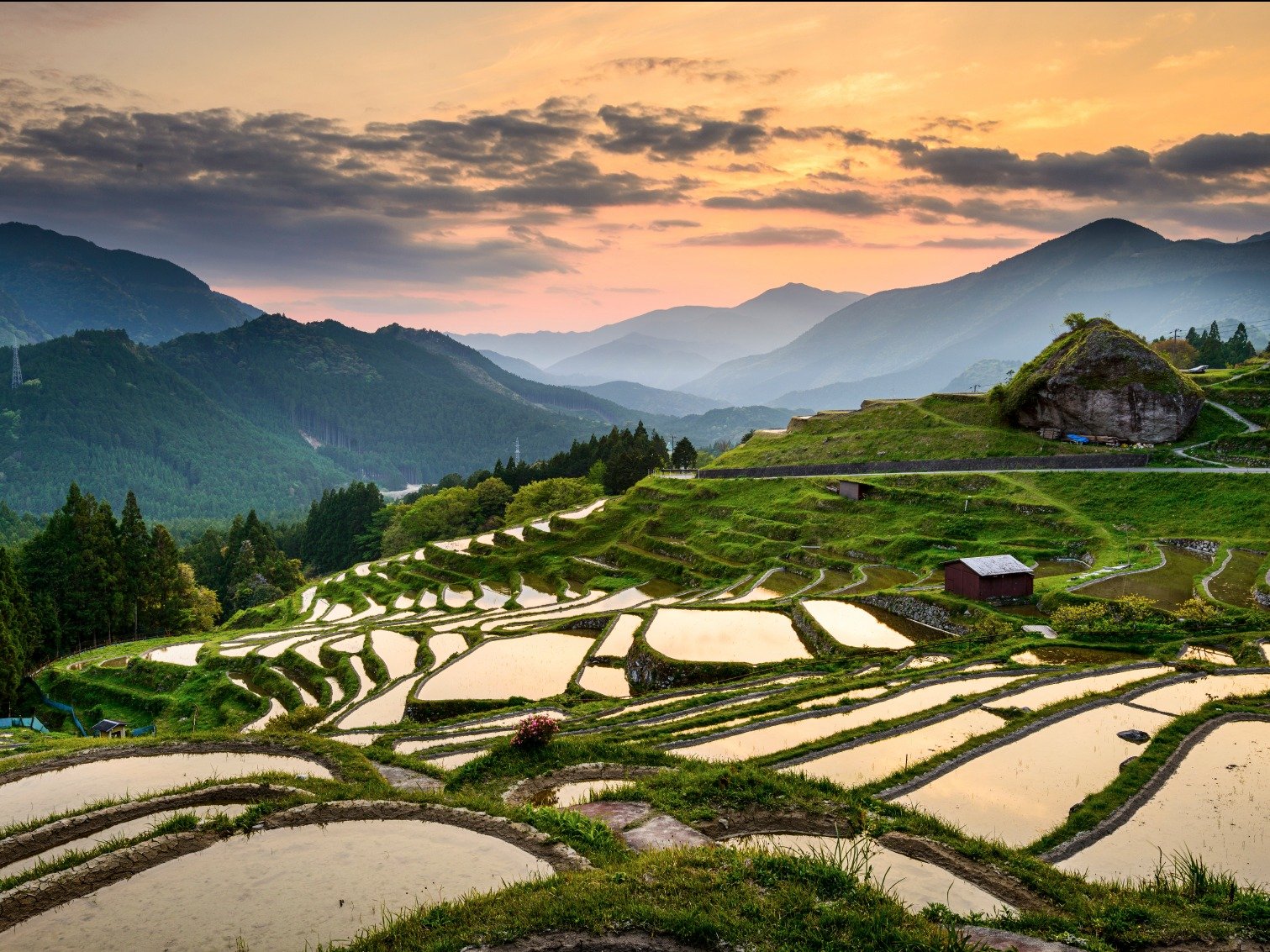
Although rice terraces are more commonly associated with southeast Asian countries such as Vietnam and Bali, they exist in Japan as well. It’s worth it to take a trip out to the countryside and walk or bike through the paddies.
The terraces make for breathtaking scenery year around. Autumn is when the rice is harvested, so the crops are ripe and golden. In the summer they’re bright green, in the winter they’re usually covered in snow, and in the spring the terraces become flooded with water.
Click here for a guide to the country’s rice terraces >
Takao Beer Mount
Similar to a beer garden, this all you can eat and drink buffet is located on top of Mount Takao, which is part of the Meiji no Mori Takao Quasi-National Park. This is a great place to sit outside, enjoy a beer, and a great view of Tokyo. Plus, you don’t even have to hike to the top, as there’s a train that transports visitors up the mount.

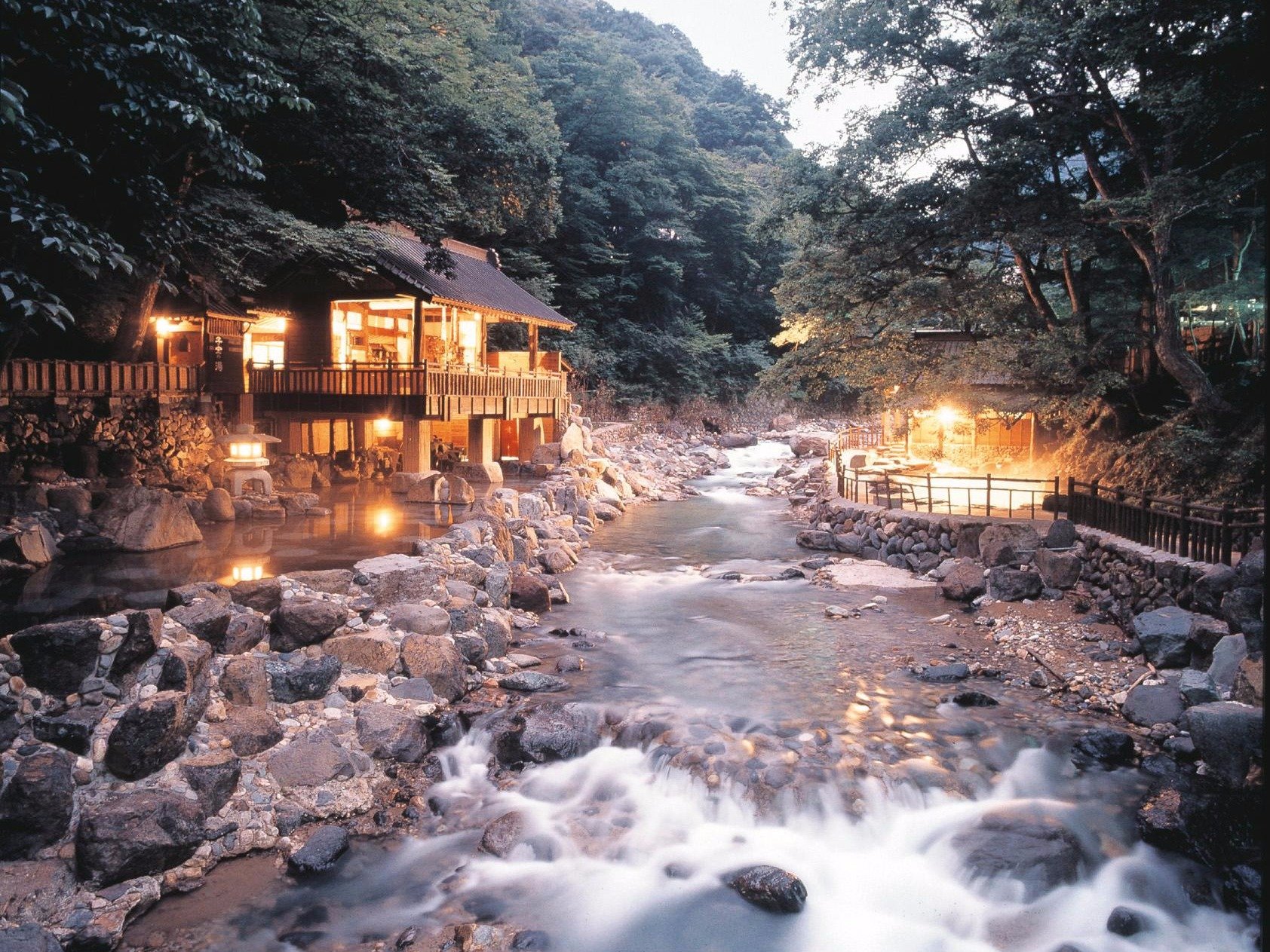
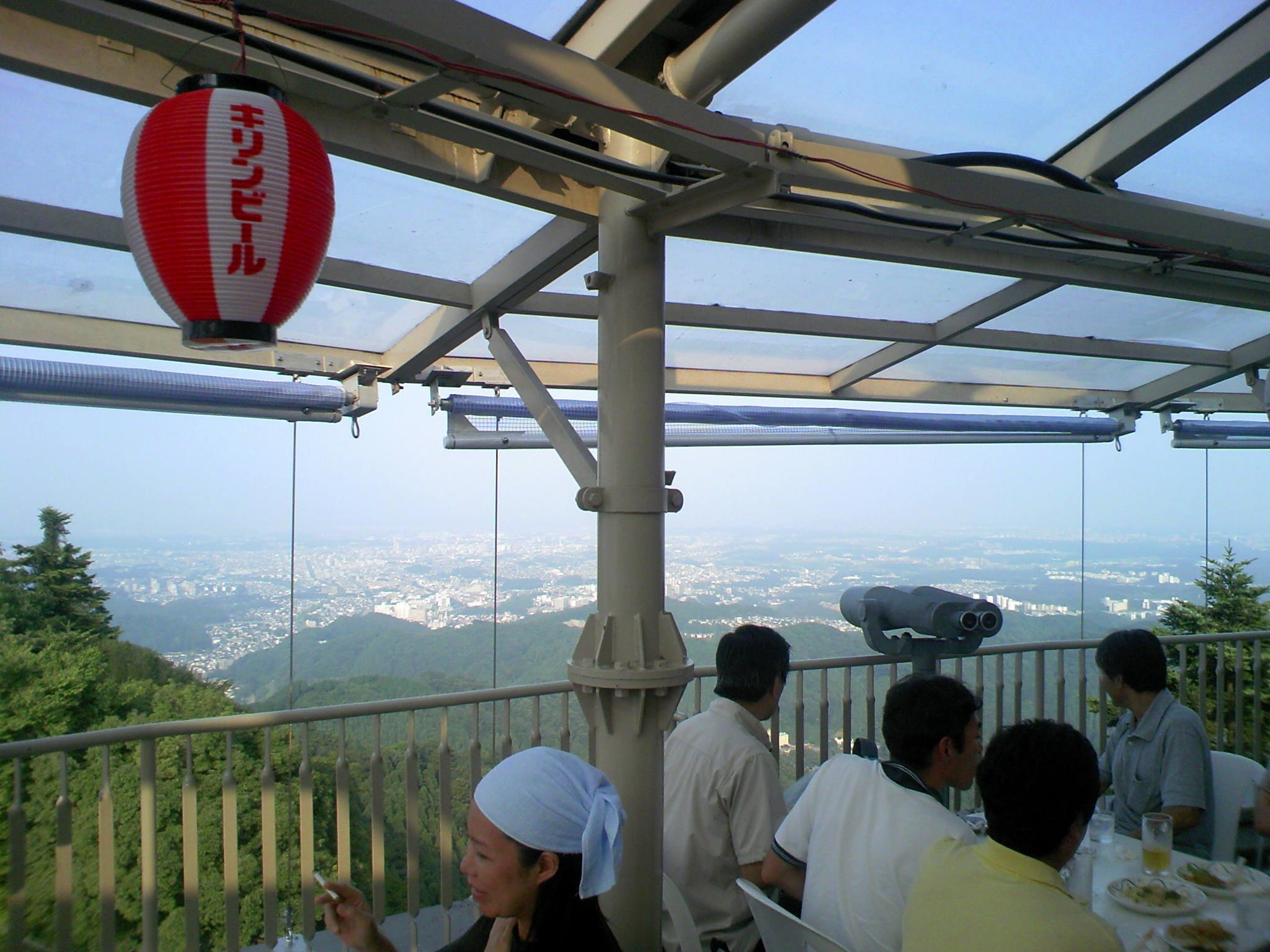

 5 reasons why foreign tourists should skip Tsukiji and go to a different place in Tokyo instead
5 reasons why foreign tourists should skip Tsukiji and go to a different place in Tokyo instead Kiso Town: Stuck between a volcano and a hard place
Kiso Town: Stuck between a volcano and a hard place Tokyo’s newest hot spring bathhouse and foodie spot opening next to Japan’s biggest fish market
Tokyo’s newest hot spring bathhouse and foodie spot opening next to Japan’s biggest fish market Tsukiji alternative – Tokyo has a second fish market, and it turns out it’s awesome too
Tsukiji alternative – Tokyo has a second fish market, and it turns out it’s awesome too The top five best multiple-hot-spring hotels in all of Japan
The top five best multiple-hot-spring hotels in all of Japan Hello, cosmetics! Clinique teams up with Hello Kitty this summer for first-time collaboration
Hello, cosmetics! Clinique teams up with Hello Kitty this summer for first-time collaboration How to order snacks on a Shinkansen bullet train in Japan
How to order snacks on a Shinkansen bullet train in Japan Burger King Japan suddenly adds Dr. Pepper and Dr. Pepper floats to its menu nationwide
Burger King Japan suddenly adds Dr. Pepper and Dr. Pepper floats to its menu nationwide Japan’s new difficult-to-drink-from beer glass protects your liver, but it’s a brutal experience
Japan’s new difficult-to-drink-from beer glass protects your liver, but it’s a brutal experience New samurai glasses are Japan’s latest weird must-have souvenir
New samurai glasses are Japan’s latest weird must-have souvenir Studio Ghibli releases Ponyo donburi bowl to bring anime ramen to life
Studio Ghibli releases Ponyo donburi bowl to bring anime ramen to life New Nintendo Lego kit is a beautiful piece of moving pixel art of Mario and Yoshi【Photos】
New Nintendo Lego kit is a beautiful piece of moving pixel art of Mario and Yoshi【Photos】 Nintendo history you can feel – Super NES, N64, and GameCube controllers become capsule toys
Nintendo history you can feel – Super NES, N64, and GameCube controllers become capsule toys Demon Slayer: Kimetsu no Yaiba gets new roller coaster attractions and food at Universal Studios Japan
Demon Slayer: Kimetsu no Yaiba gets new roller coaster attractions and food at Universal Studios Japan High-fashion Totoro cuddle purse is like an elegant stroll in the forest【Photos】
High-fashion Totoro cuddle purse is like an elegant stroll in the forest【Photos】 “The most Delicious Cup Noodle in history” – Japan’s French Cup Noodle wins our heart【Taste test】
“The most Delicious Cup Noodle in history” – Japan’s French Cup Noodle wins our heart【Taste test】 Starbucks releases a cute Frappuccino and Unicorn Cake…but not in Japan
Starbucks releases a cute Frappuccino and Unicorn Cake…but not in Japan Kyoto Tower mascot termination reveals dark side behind cute Japanese characters
Kyoto Tower mascot termination reveals dark side behind cute Japanese characters McDonald’s Japan’s Soft Twist Tower: A phantom ice cream only sold at select branches
McDonald’s Japan’s Soft Twist Tower: A phantom ice cream only sold at select branches Yabai Ramen: What makes this Japanese ramen so dangerous?
Yabai Ramen: What makes this Japanese ramen so dangerous? Finally! Nintendo Japan expands Switch 8-bit controller sales to everybody, Online member or not
Finally! Nintendo Japan expands Switch 8-bit controller sales to everybody, Online member or not Japanese government wants to build luxury resorts in all national parks for foreign tourists
Japanese government wants to build luxury resorts in all national parks for foreign tourists To combat declining birth rate, Japan to begin offering “Breeding Visas” to foreigners
To combat declining birth rate, Japan to begin offering “Breeding Visas” to foreigners 10 things you should buy at 7-Eleven in Japan
10 things you should buy at 7-Eleven in Japan Studio Ghibli releases anime heroine cosplay dresses that are super comfy to wear
Studio Ghibli releases anime heroine cosplay dresses that are super comfy to wear Woman charged for driving suitcase without a license in Osaka
Woman charged for driving suitcase without a license in Osaka Studio Ghibli unveils My Neighbour Totoro miniature house model
Studio Ghibli unveils My Neighbour Totoro miniature house model Kyoto experiencing problems with foreign tourists not paying for bus fares, but not on purpose
Kyoto experiencing problems with foreign tourists not paying for bus fares, but not on purpose Fighting mild hunger with a Japanese soda that turns into jelly in the stomach【Taste test】
Fighting mild hunger with a Japanese soda that turns into jelly in the stomach【Taste test】 Studio Ghibli’s Howl’s Moving Castle tapestry unveiled in Japan for first time
Studio Ghibli’s Howl’s Moving Castle tapestry unveiled in Japan for first time McDonald’s new Happy Meals offer up cute and practical Sanrio lifestyle goods
McDonald’s new Happy Meals offer up cute and practical Sanrio lifestyle goods Sales of Japan’s most convenient train ticket/shopping payment cards suspended indefinitely
Sales of Japan’s most convenient train ticket/shopping payment cards suspended indefinitely Sold-out Studio Ghibli desktop humidifiers are back so Totoro can help you through the dry season
Sold-out Studio Ghibli desktop humidifiers are back so Totoro can help you through the dry season Japanese government to make first change to romanization spelling rules since the 1950s
Japanese government to make first change to romanization spelling rules since the 1950s Foreigner’s request for help in Tokyo makes us sad for the state of society
Foreigner’s request for help in Tokyo makes us sad for the state of society Ghibli founders Toshio Suzuki and Hayao Miyazaki contribute to Japanese whisky Totoro label design
Ghibli founders Toshio Suzuki and Hayao Miyazaki contribute to Japanese whisky Totoro label design Doraemon found buried at sea as scene from 1993 anime becomes real life【Photos】
Doraemon found buried at sea as scene from 1993 anime becomes real life【Photos】 Tokyo’s most famous Starbucks is closed
Tokyo’s most famous Starbucks is closed Princesses, fruits, and blacksmiths: Study reveals the 30 most unusual family names in Japan
Princesses, fruits, and blacksmiths: Study reveals the 30 most unusual family names in Japan Don’t let the rain get you down! Here are Japan’s top 10 most beautiful rainy day travel spots
Don’t let the rain get you down! Here are Japan’s top 10 most beautiful rainy day travel spots Kura Burger: Japanese sushi chain restaurant offers burgers in Tokyo for a limited time
Kura Burger: Japanese sushi chain restaurant offers burgers in Tokyo for a limited time Ginza hotel serves up one of the best breakfasts in Tokyo
Ginza hotel serves up one of the best breakfasts in Tokyo Love hot springs and tattoos? You won’t want to miss this onsen paradise near Tokyo!
Love hot springs and tattoos? You won’t want to miss this onsen paradise near Tokyo! What pandemic? Onsen towns, hiking trails and theme parks packed with crowds on four-day weekend
What pandemic? Onsen towns, hiking trails and theme parks packed with crowds on four-day weekend Free literal forest bathing in Hokkaido is a hot spring experience you’ll never forget【Photos】
Free literal forest bathing in Hokkaido is a hot spring experience you’ll never forget【Photos】 Oita lures travelers with wonderful montage of synchronized hot spring bathing 【Video】
Oita lures travelers with wonderful montage of synchronized hot spring bathing 【Video】 Onsen hot spring with Mt Fuji views has one of the best rotenburo in Japan
Onsen hot spring with Mt Fuji views has one of the best rotenburo in Japan Beef bowl chain Yoshinoya’s historic first store to close, special countdown site launched!
Beef bowl chain Yoshinoya’s historic first store to close, special countdown site launched! Sushi Ramen restaurant serves up the best of both worlds in one epic Japanese meal
Sushi Ramen restaurant serves up the best of both worlds in one epic Japanese meal Japanese snow monkey filmed trying to have sex with a deer【Video】
Japanese snow monkey filmed trying to have sex with a deer【Video】 Greenpeace tells Obama to make ‘more responsible’ food choices after meal at restaurant that serves endangered sushi
Greenpeace tells Obama to make ‘more responsible’ food choices after meal at restaurant that serves endangered sushi The biggest “natural” hot spring spa in Tokyo is being built now, but what is its “secret?”
The biggest “natural” hot spring spa in Tokyo is being built now, but what is its “secret?” The 10 best hotel hot springs in Japan, as chosen by Japanese travelers
The 10 best hotel hot springs in Japan, as chosen by Japanese travelers Soak in a sand bath in Beppu, Japan’s famous onsen region
Soak in a sand bath in Beppu, Japan’s famous onsen region Restaurants, Roads, Rats: How has Tsukiji changed after the fish market move?
Restaurants, Roads, Rats: How has Tsukiji changed after the fish market move?
Leave a Reply